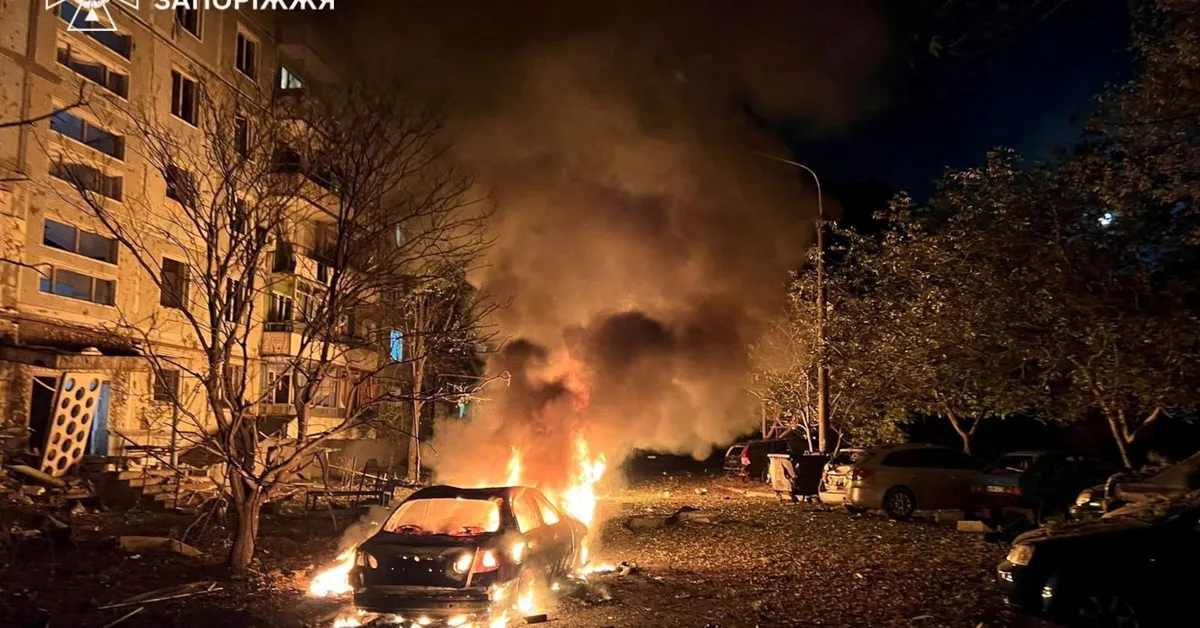
On the early morning of October 5, 2023, NATO member Poland took decisive action by scrambling aircraft to ensure its air safety following a series of intense airstrikes launched by Russia on Ukraine. Reports from Ukrainian officials indicated that missiles and drones were targeting the Lviv region, which is situated close to the Polish border, heightening concerns about regional security.
In a statement released on X (formerly Twitter), Poland's operational command confirmed that both Polish and allied aircraft are actively operating within their airspace. Furthermore, ground-based air defense systems and radar reconnaissance capabilities have been escalated to the highest state of readiness. This prompt response underscores the ongoing vigilance of Eastern-flank NATO members, particularly following Poland's successful interception of suspected Russian drones within its airspace last month.
Air travel across Europe is experiencing significant disruptions as drone sightings and air incursions have led to chaos in aviation hubs, including major cities like Copenhagen and Munich. In Lithuania, the Vilnius airport was forced to close for several hours overnight due to reports of suspicious balloons approaching the airspace late Saturday. As a result, commercial flights were rerouted early Sunday, utilizing alternate paths typically employed when Poland's Lublin and Rzeszow airports are unable to operate, according to flight tracking service Flightradar24. However, it is important to note that Reuters could not independently verify this report.
Throughout the night, Ukraine remained under air raid alerts, with the Ukrainian Air Force issuing urgent warnings regarding potential missile and drone attacks targeting the Lviv region specifically. Andriy Sadovyi, the mayor of Lviv—a city located approximately 70 km (43 miles) from the Polish border—reported that the city's air defense systems were actively engaged in repelling both drone and missile threats. By 7:30 a.m. local time (0430 GMT), parts of Lviv were left without power, and public transportation services were suspended. Sadovyi cautioned residents via the Telegram messaging app against venturing outdoors due to the heightened danger.
In a related incident, a late-night assault on the city of Zaporizhzhia, the capital of the broader Zaporizhzhia frontline region, resulted in one fatality and nine injuries, as reported by regional governor Ivan Fedorov on Telegram. The attack caused significant damage to apartment blocks and private residences, with cars set ablaze and windows shattered. In total, over 73,000 customers in the southeastern region were left without power due to the incident.
Further complicating the situation is the ongoing power disruption at the Russian-held Zaporizhzhia Nuclear Power Plant, which has been cut off from external power since September 23. The head of the U.N.'s nuclear watchdog has called on both Ukraine and Russia to demonstrate the political will necessary to ensure safety around the facility, which is the largest nuclear power plant in Europe and was seized by Russian forces during the early stages of the invasion.
No immediate comments from Russia regarding the overnight attacks have been reported. Throughout the protracted conflict, both Ukraine and Russia have conducted air strikes targeting critical infrastructure deemed vital to their respective war efforts, particularly focusing on energy and transportation facilities.
As the situation continues to evolve, both regional and global stakeholders remain alert to the implications of these military actions in Ukraine and their potential impact on European security.